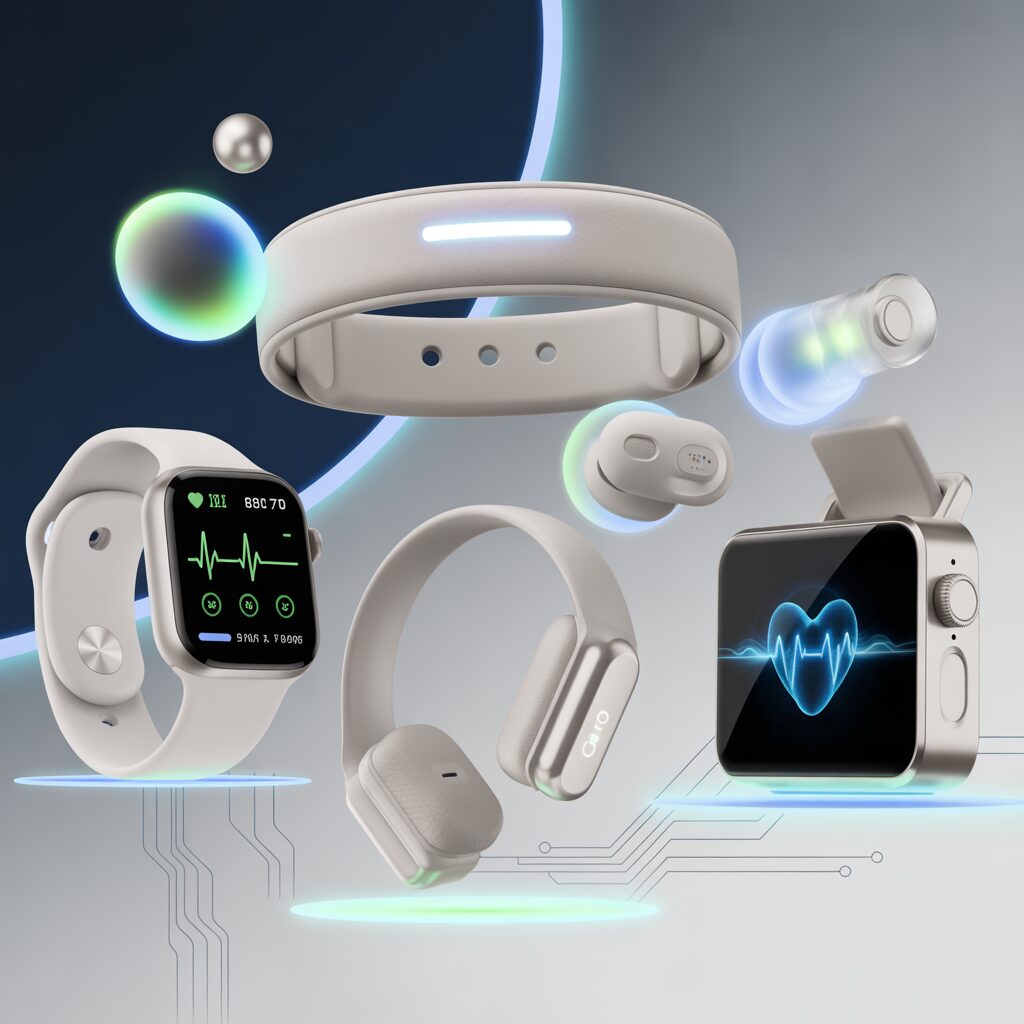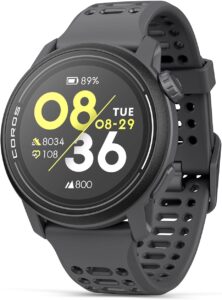
Unlocking the Overlooked: Rarely Discussed Techniques and Strategic Game-Changers in Wellness Tech
The wellness tech boom has brought a flood of gadgets, apps, and devices into the hands of everyday users.
From step counters to sleep monitors, many people now carry personal health assistants on their wrists.
But beneath the buzz and branding lies a layer of rarely discussed techniques—subtle but strategic innovations that can dramatically elevate how we manage our well-being.
In this deep dive, we’ll shine a spotlight on underappreciated wellness tracking features, lesser-known wearable functions, and game-changing strategies that offer profound value.
If you’ve ever wondered what you might be missing from your current setup—or how the pros squeeze more out of their tech—this is the guide you’ve been waiting for.
The Problem with Wellness Tech Adoption: Too Shallow, Too Fast
One of the most common issues with wellness tech is that users don’t go beyond the basics.
Step goals, calories burned, or sleep duration are often the only metrics considered.
Yet modern devices and platforms are far more capable, offering insights that—if properly used—can fine-tune everything from mental clarity to metabolic health.
Many of these techniques remain hidden in app menus or buried in advanced settings. Some require third-party integrations or a bit of experimentation.
But those willing to look deeper are rewarded with subtle insights and strategic advantages that generic use simply can’t provide.
Rarely Discussed Techniques That Unlock Next-Level Benefits
Let’s start with a few underutilized features and methods that transform basic wellness tracking into a precision health system:
Using Heart Rate Variability (HRV) to Time Your Workouts and Meetings
HRV isn’t just a stress metric—it’s a dynamic signal of your body’s readiness.
Most users overlook this, but syncing high-performance activities like workouts or strategic meetings with HRV peaks can significantly boost outcomes.
Apps like WHOOP and Elite HRV show daily readiness scores, helping you choose when to push and when to rest.
Whoop
Leveraging Circadian Rhythm Mapping
Some wellness platforms, like Rise and Oura, now track circadian patterns based on body temperature, heart rate, and sleep cycles. The rarely used benefit?
Planning your meals, work, and workouts around your circadian high points can dramatically increase productivity, digestion efficiency, and sleep quality.
Oura
Respiratory Rate Monitoring for Illness Detection
Respiratory rate is an early indicator of infection or inflammation, yet it’s one of the least monitored wellness metrics.
Devices like the Oura Ring and WHOOP can alert you to small changes before symptoms appear—offering a head start in immune system support and recovery planning.
Peripheral Temperature Tracking for Hormonal Insights
Women’s health tracking has entered a new era thanks to skin temperature monitoring.
Subtle shifts in peripheral temperature can indicate ovulation, hormonal imbalances, or even chronic fatigue syndrome patterns. The result?
Better cycle syncing, mood prediction, and biofeedback-based wellness planning.
Posture and Movement Pattern Correction
Some wearables, like the Upright Go or Lumo Lift, focus solely on posture—and for good reason.
Postural awareness contributes to reduced fatigue, better breathing, and long-term spinal health. When integrated with full-body movement data, posture correction becomes a long-term energy booster and pain preventer.
Each of these represents a rarely discussed technique that has been hiding in plain sight, waiting for users to go beyond the surface metrics.
Upright GO
Subtle Insights That Drive Long-Term Wellness Shifts
Even beyond the features themselves, wellness tech is revealing behavioral patterns that might otherwise go unnoticed.
These subtle insights are often buried in the data—but when understood, they offer powerful opportunities for change.
Sleep Inconsistency Affects More Than Rest
Research from wearables shows that going to bed and waking up at different times—even if sleep duration is constant—can lead to reduced cognitive performance, insulin resistance, and mood swings.
Regularity, not just quantity, is the secret sauce. Most people miss this pattern because they only track hours, not consistency.
Recovery Is Not Just Physical—It’s Neural
Readiness scores are often viewed as physical recovery indicators, but deeper analysis shows they align with cognitive fatigue too.
People who ignore this often experience brain fog and mood dips after high-output days. Strategic recovery days based on tech cues support both body and brain.
Movement Quality Beats Quantity
Ten thousand steps is arbitrary. What’s more important? How you move.
Gait analysis, posture data, and even asymmetry tracking (available in devices like Garmin and COROS) reveal mobility issues long before pain begins.
These insights guide preemptive action for joint health and injury prevention.
These subtle signals, when listened to, provide long-term strategic wellness advantages far beyond basic tracking. They turn data into behavior—into results.

Coros
Strategic Game-Changers for the Everyday User
Now that you know what’s available and underused, how can you integrate these into your routine? Here are practical strategies that turn insight into action:
Create a Weekly Readiness Ritual
Once a week, review your HRV trends, sleep regularity, and recovery scores. Plan your hardest workouts or biggest cognitive tasks on days where your metrics peak.
This proactive approach aligns biological capacity with life demands—boosting productivity and reducing burnout.
Sync Wellness Tech with Habit Stacking
Use smart notifications as habit stackers. For instance, pair breathwork cues with brushing your teeth or hydration reminders with checking emails.
These small pairings increase consistency and anchor new habits in existing routines.
Incorporate Recovery Tools on Low-Readiness Days
When your wearable suggests a recovery day, don’t just rest—actively recover. Use cold exposure, light stretching, guided meditation, or sauna sessions.
The goal isn’t to do less—it’s to restore better.
Track Trends, Not One-Offs
A common mistake is reacting to one bad night of sleep or a single spike in stress. Instead, track trends over weeks.
Strategic game-changers rely on pattern recognition, not panic over anomalies.
Personalize Your Metrics Dashboard
Most apps allow custom dashboards. Move away from default settings and prioritize what matters to you: HRV, respiration rate, skin temperature, or focus duration.
Curating your own wellness data keeps you engaged and in control.
The Future of Strategic Wellness
As technology evolves, it’s becoming more personal, predictive, and proactive. But the advantage will go to those who use it strategically, not passively.
Rarely discussed techniques offer a deeper way to engage with your own biology. Subtle insights help you anticipate rather than react.
Strategic game-changers put you in the pilot seat—not just watching metrics, but transforming them into meaningful, sustainable actions.
In the world of wellness technology, the big wins are often hidden in the small details.
By uncovering and applying these overlooked techniques, you turn your wellness tools from accessories into allies—and elevate your health from basic to exceptional.














